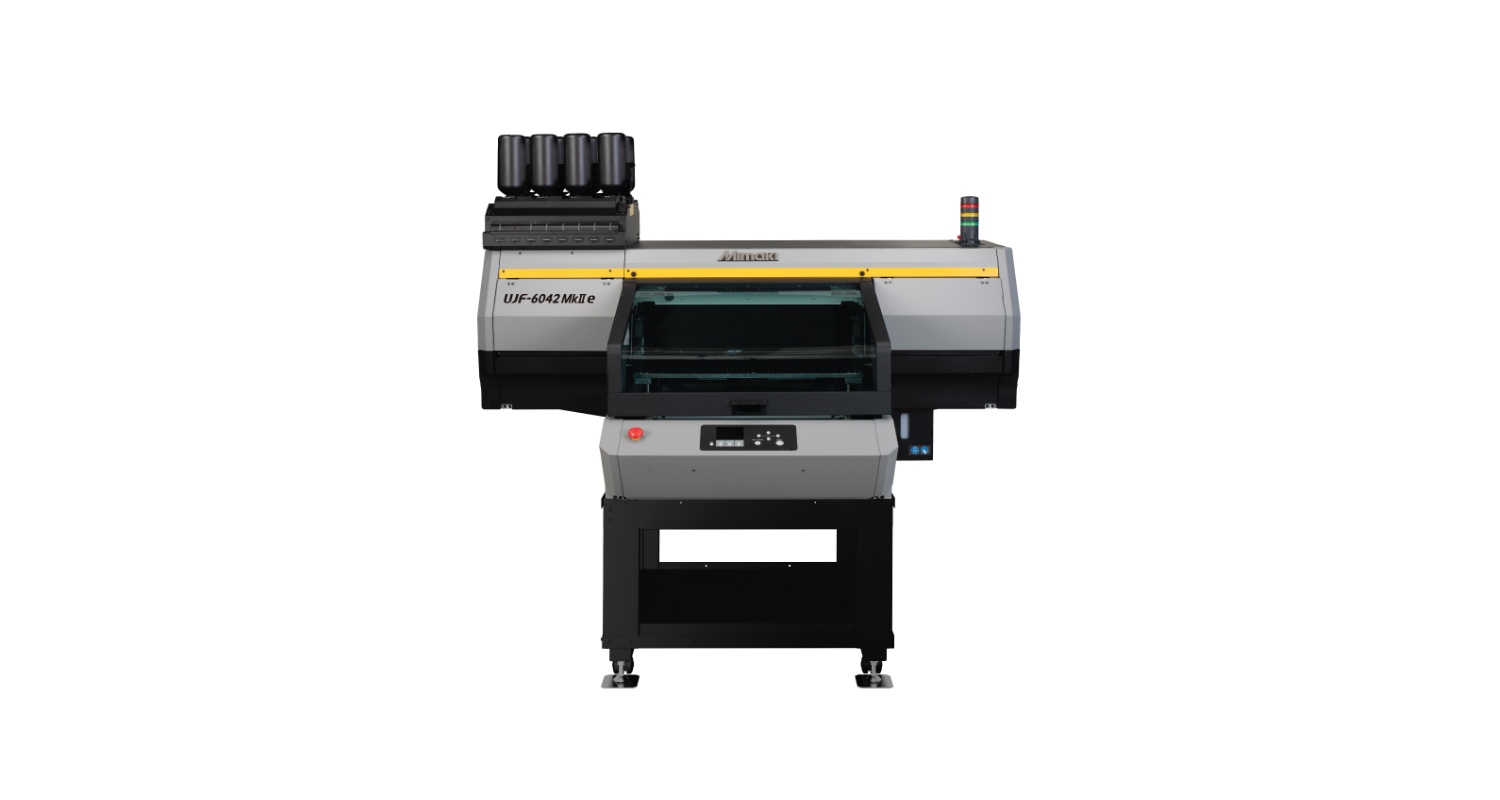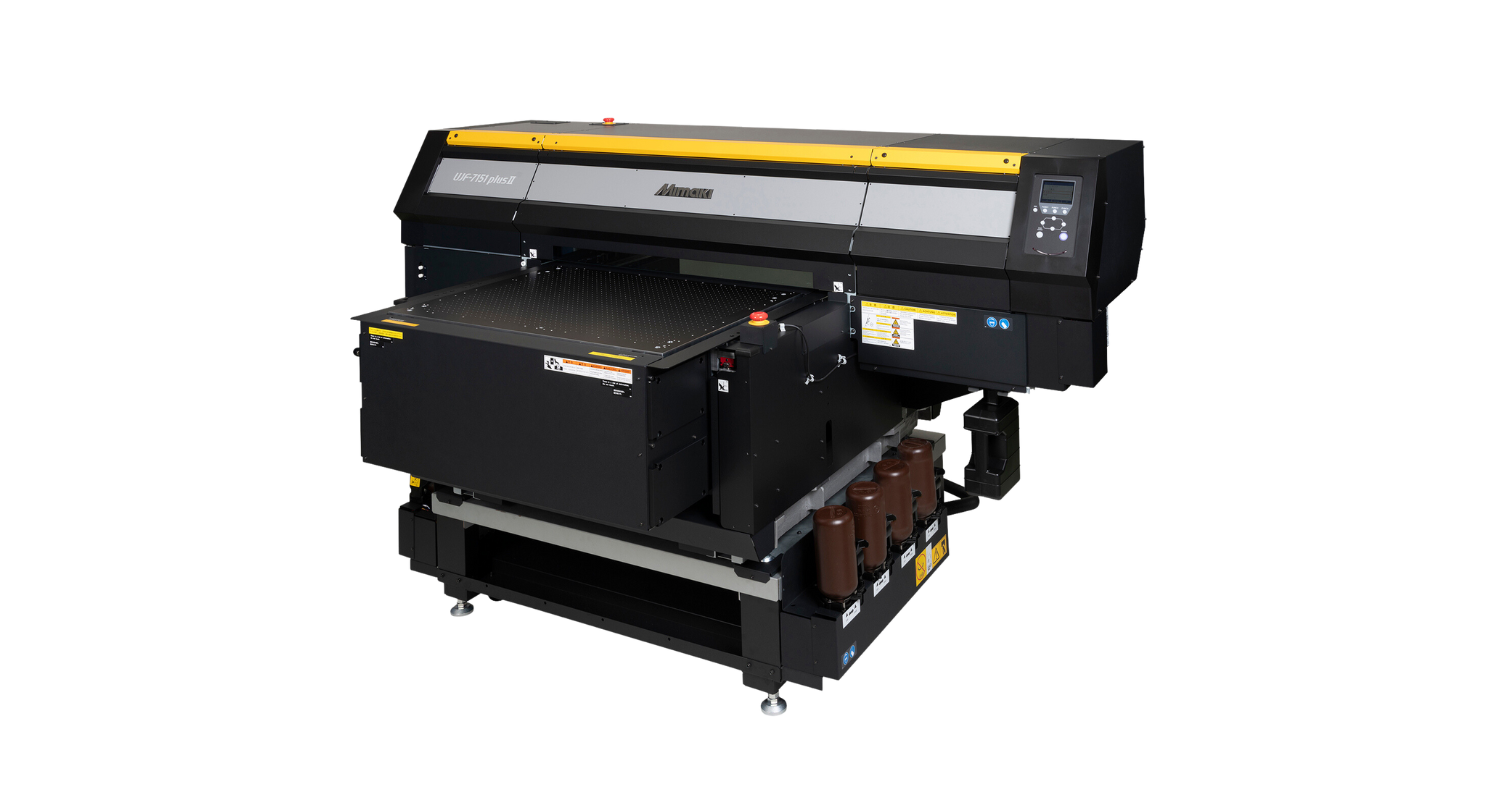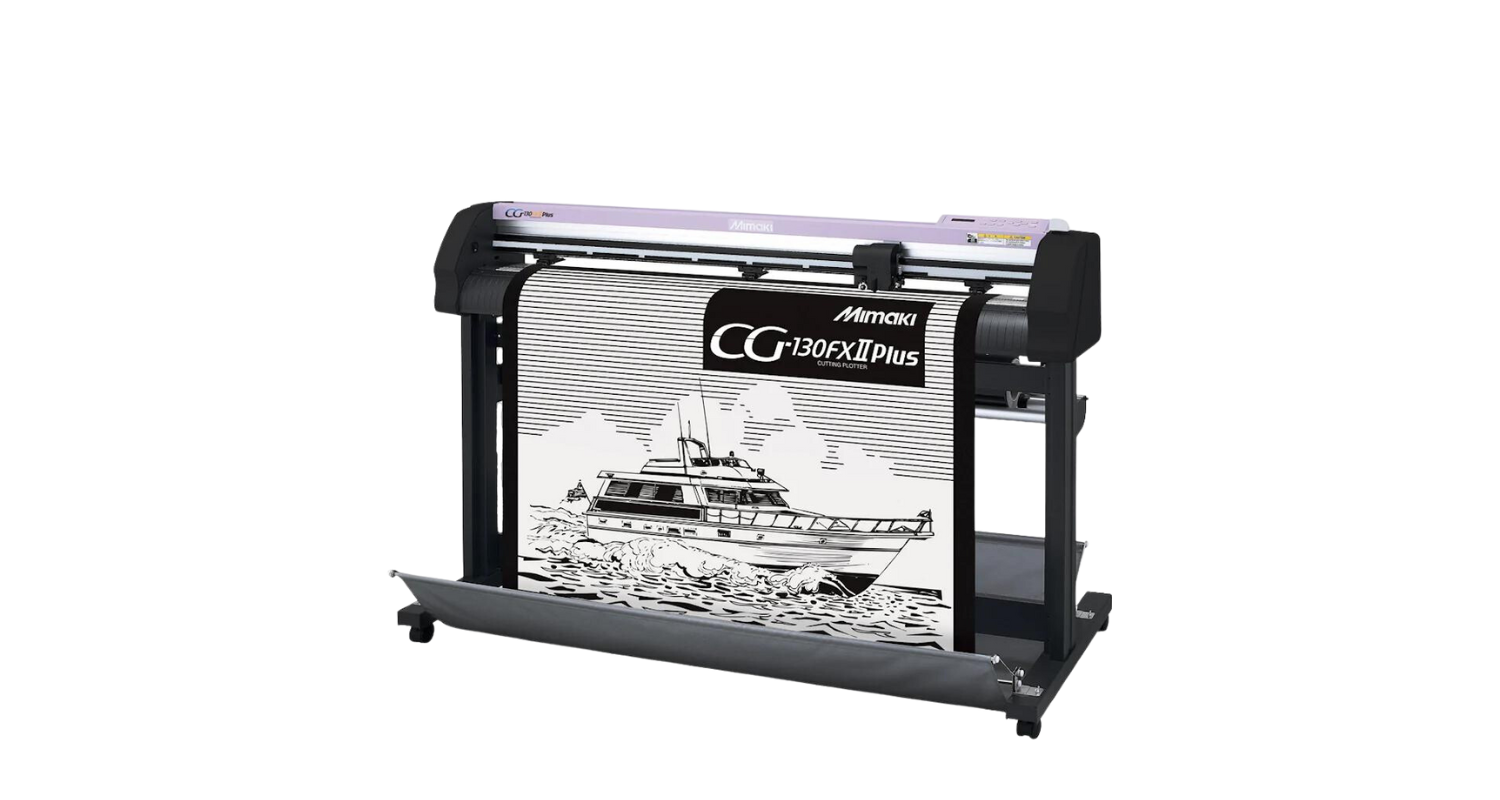Direct-to-Film Printing Essentials: Your DTF Questions Answered
If you work within the printing industry, you’ve probably heard of DTF printing, or direct-to-film printing. And that’s not surprising, given its reputation as the most adaptable technique for garment and apparel printing available today. But have you delved into its full potential?
Unlike most printing techniques that are limited to a specific type of fabric, DTF printing enables you to work on a wide array of materials. These include nylon, polyester, cotton, and blends, as well as onto light- or dark-coloured fabrics.
It’s really easy to use, with no screen creation or weeding required. Plus, you can deliver complex designs in one smooth consistent layer on a whole range of garments, even bulky and challenging ones.
Want to know more? Then keep on reading.
What is DTF printing?
With DTF printing the design is inkjet printed onto a special film. Then a hot-melt powder is applied to the print, and once dry, the image is applied to the fabric using a heat press. The output is vibrant, durable, and ideal for one-off designs or short batch-production.
How does the DTF printing process work in detail?
DTF is quick and easy to do, with no specific printing skills required. Here’s how it works, in three simple steps:
- Print the film on a Mimaki TxF DTF printer and add hot-melt powder
Your design will be printed in one colour layer, and at the same time, backed with a layer of white ink to ensure vibrant colours even on dark garments. There’s no bulky multi-layer ink applied for complex designs, as is sometimes seen with screen printing, as the all the colours are printed at once.
The hot-melt powder is then applied to the wet ink, and any excess removed. Finally. the garment is dried using a curing oven or heat press.
- Apply the heat press
The fabric is then placed on a heat press for a few seconds to pre-flatten the surface. The film is then placed on the fabric and pressed down for 15-20 seconds.
- Remove the film peel and finish
After the design is heat pressed on, the film is peeled away and the final design is heat pressed one last time. Then it’s immediately ready to be packed and shipped to the customer.
What are the advantages of DTF printing?
Fabric & Garment Versatility
When compared to other printing methods, DTF offers far greater flexibility and choice of fabric composition, garment colour and type.
For example, direct-to-garment printing (DTG) is generally suited for printing onto cotton or cotton blends, and sublimation printing onto polyester based materials. Whereas with DTF you can easily print onto a whole range of fabrics, including cotton, polyester, nylon, and blends, all using the same easy print method.
There’s also no limitation with garment colour, as with DTF printing a white layer is applied to enable printing onto darker-coloured items. Plus, it can be used to print onto a wide range of garment types, including bulky items, socks, hats, and even shoes.
Effortlessly Execute Complex Designs
DTF printing works well with intricate designs, eliminating the laborious weeding process associated with heat-pressed vinyl transfers. And unlike screen printing, which requires custom-made screens, DTF printing does not need any.
The DTF design process is simpler because it does not require separate layers for specific design components or for different colours, unlike other methods.
Smooth, Durable, Stretchable Finish
DTF produces a soft-to-the-touch print finish that boasts exceptional durability and resistance to fading. By utilising highly elastic inks, DTF prints experience minimal cracking or peeling even with repeated wear, washing, and stretching of the garment. This makes it an ideal choice for athletic or workwear garments that require durability over time.
Quick & Easy to Use
While there are a few steps to the DTF print process, each step is quick and easy to execute, with results seen in just a few minutes.
Turnaround of print jobs is typically faster than sublimation printing methods, and DTF eliminates the need for fabric pre-treatment, required in DTG printing. Most users find they get up and running quickly, with minimal training or expertise required.
Cost-Effective
DTF printing offers a cost-effective option for small to medium production runs, eliminating the need for the expensive setup associated with traditional screen-printing methods. Equipment-wise you’ll simply need a DTF print device, curing ‘shaker/baker’ and a heat press.
How to choose the right system
From its versatility, vibrancy and durability to its soft feel and stretchability, DTF printing continues to be a gamechanger, providing a dynamic solution for print businesses seeking to stay ahead. But how to you choose the right system?
As with any new technology, it’s important that your supplier has experience within DTF. That way they can guide you on the best choices to get you up and running. Plus, you’ll need a solution that is reliable for the long-term and provides a comprehensive service and support network.
Mimaki DTF Solution
You can rely on Mimaki’s trusted DTF printers, with the brand proven in textile printing since the 1990s. Hybrid works with a network of experienced and professional reseller partners to offer the necessary equipment and materials for a seamless end-to-end DTF workflow. But don’t take our word for it. Reach out to use today to learn more and experience the benefits firsthand through a live demonstration.
Need more information on Mimaki DTF printers?
Fill in the form below and we will get back to you.






































